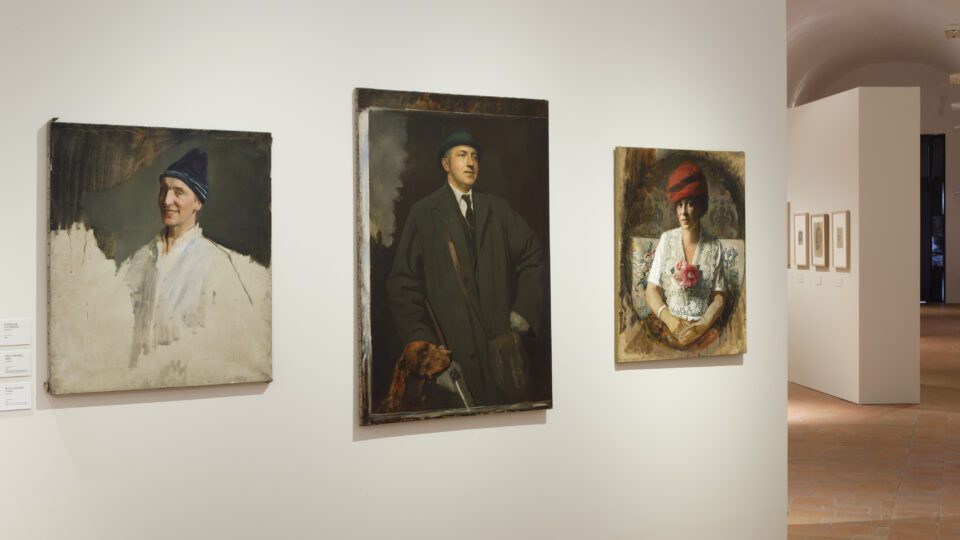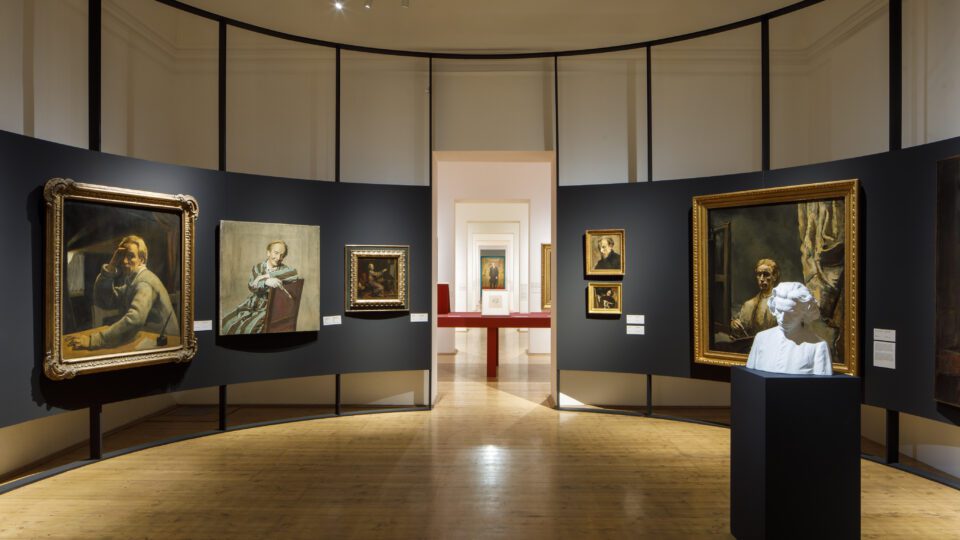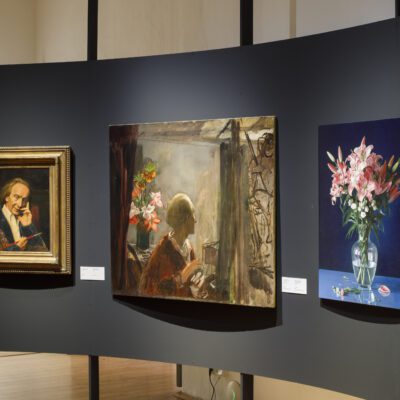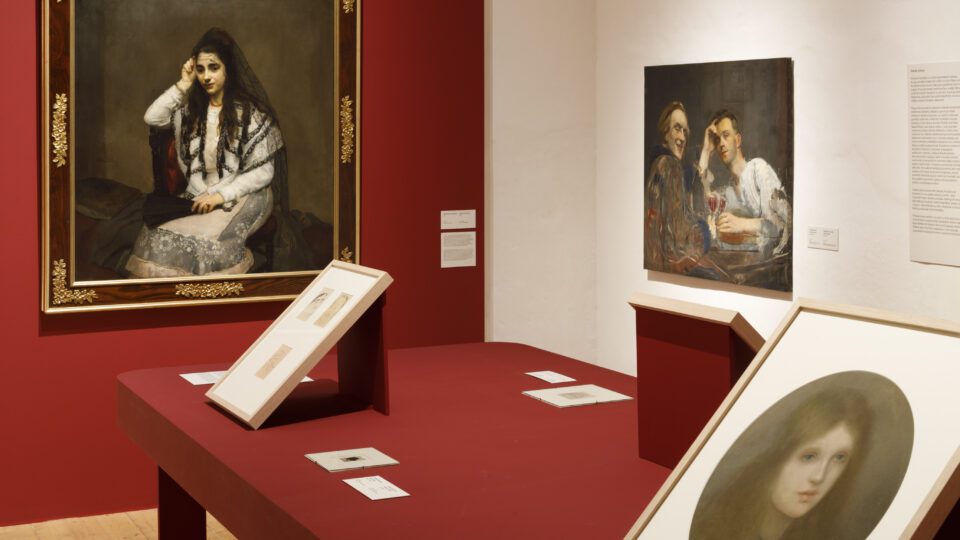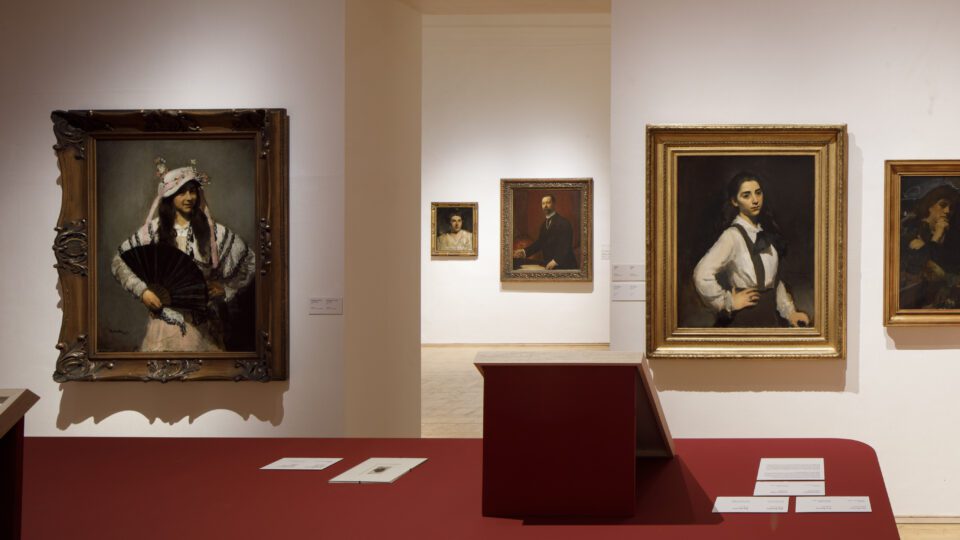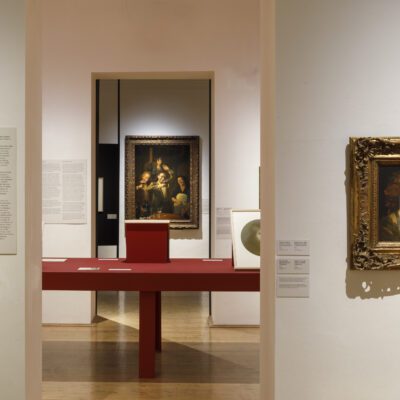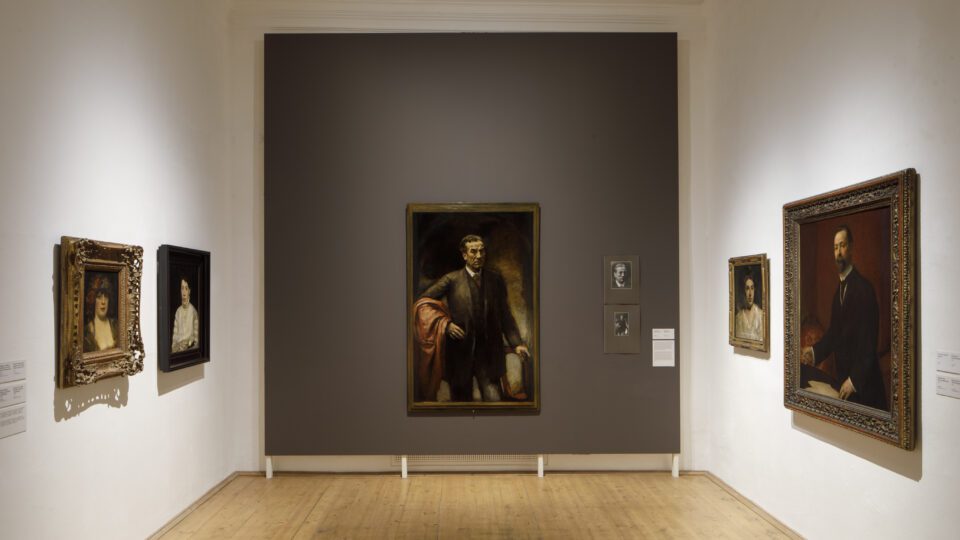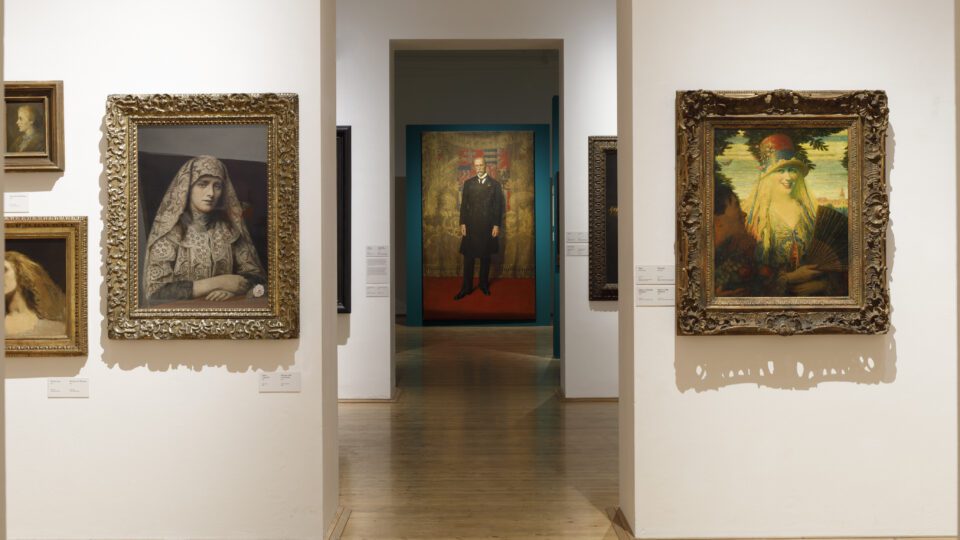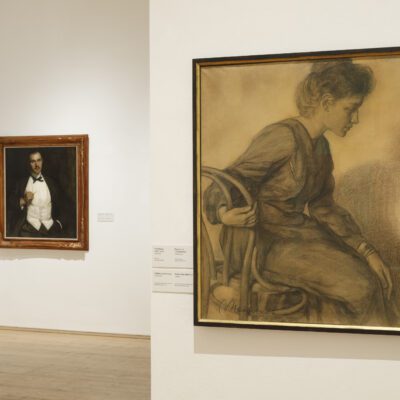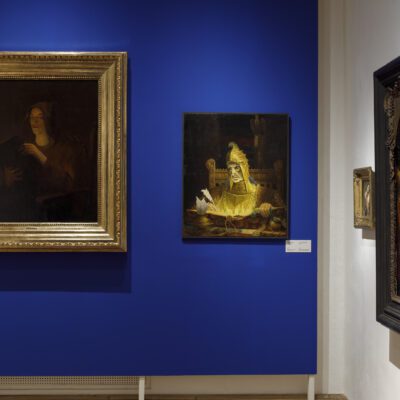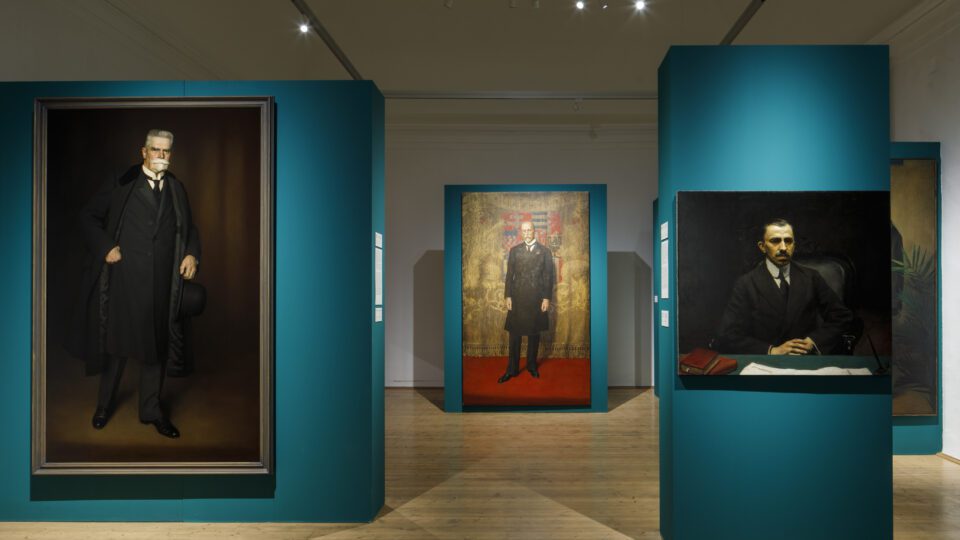Unusually for a painter, the name Vratislav Nechleba (1885–1965) is better known among fans of post-war film and literature than among connoisseurs of fine art. For this, we can thank Ota Pavel, who eternalised Nechleba as a cantankerous and misogynist portrait artist in his story collection The Death of a Beautiful Deer, which director Karel Kachyňa adapted for the big screen in 1986. Surprisingly, Nechleba’s literary and cinematic alter ego remains alive and well, while his art has slowly disappeared from public space and from gallery exhibitions in the nearly sixty years since his death.
Vratislav Nechleba studied under Maxmilián Pirner at the Academy of Fine Arts in Prague, where he was given a professorship in 1918. All in all, he spent four decades at the academy and even served several terms as rector. He joined the Mánes Association of Fine Artists in 1908, although throughout his life he pointedly kept a distance from his progressively oriented generational peers and their endeavours at developing a modern form of expression. He was a social celebrity, one of the most sought-after portraitists in Bohemia of the interwar era. Besides painting actors, bankers and industrialists, he also eternalised the first five Czechoslovak presidents, beginning with T. G. Masaryk and ending with Antonín Zápotocký. His works relating to the era’s social elites were admired for their consummate technique and draughtsmanship, as well as for their masterful execution, naturalism and sense of detail. His art reveals a fascination with Dutch painting (Rembrandt in particular) and preserves the traditional stylistic approach cultivated at Europe’s art academies in the second half of the 19th century.
The main impulse for this retrospective exhibition was the generous gift of an extensive set of works from the artist’s estate, presented in 2001 to the Gallery of the Central Bohemian Region by Mrs Anna Nechlebová. Over the past five years, many of these works have been carefully restored – a process that has contributed to a better understanding of the technical aspects of Nechleba’s works. At the same time, the study of this large group of works raised numerous questions regarding the person of the artist and the nature of his work, including his social status and his status on the art scene, his self-presentation strategies and the construction of his artistic image with a view to the traditional models of 19th-century academic painting. Another open question is why artistic circles and the public both lost interest in someone who had been such a sought-after and respected artist in his lifetime.
The exhibition – the broadest selection of Nechleba’s works and archival and audio-visual materials to be shown to date – does more than just look at his work as such. By exploring personal ties and relationships, it paints a fuller picture of Czech cultural life in the period of the First Republic and the Second World War. It is our aim to present the collected works with a view to his life and the solitary nature of Nechleba and his work, to show them within the historical context in which they were made, and to do so while taking into account recent revisions to the historically one-sided interpretation of modernism.


